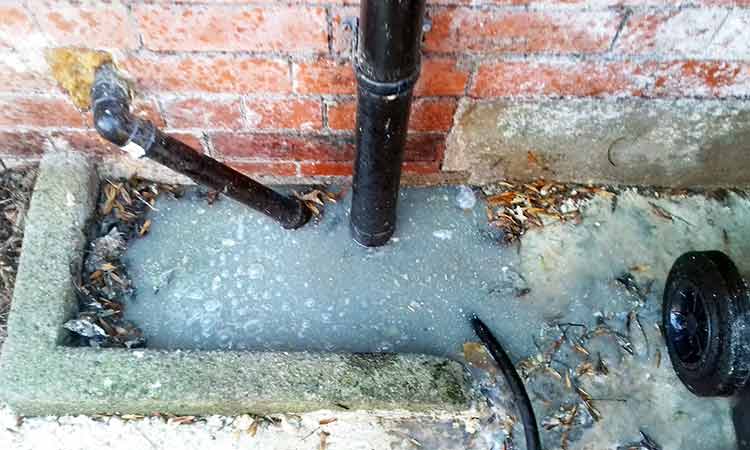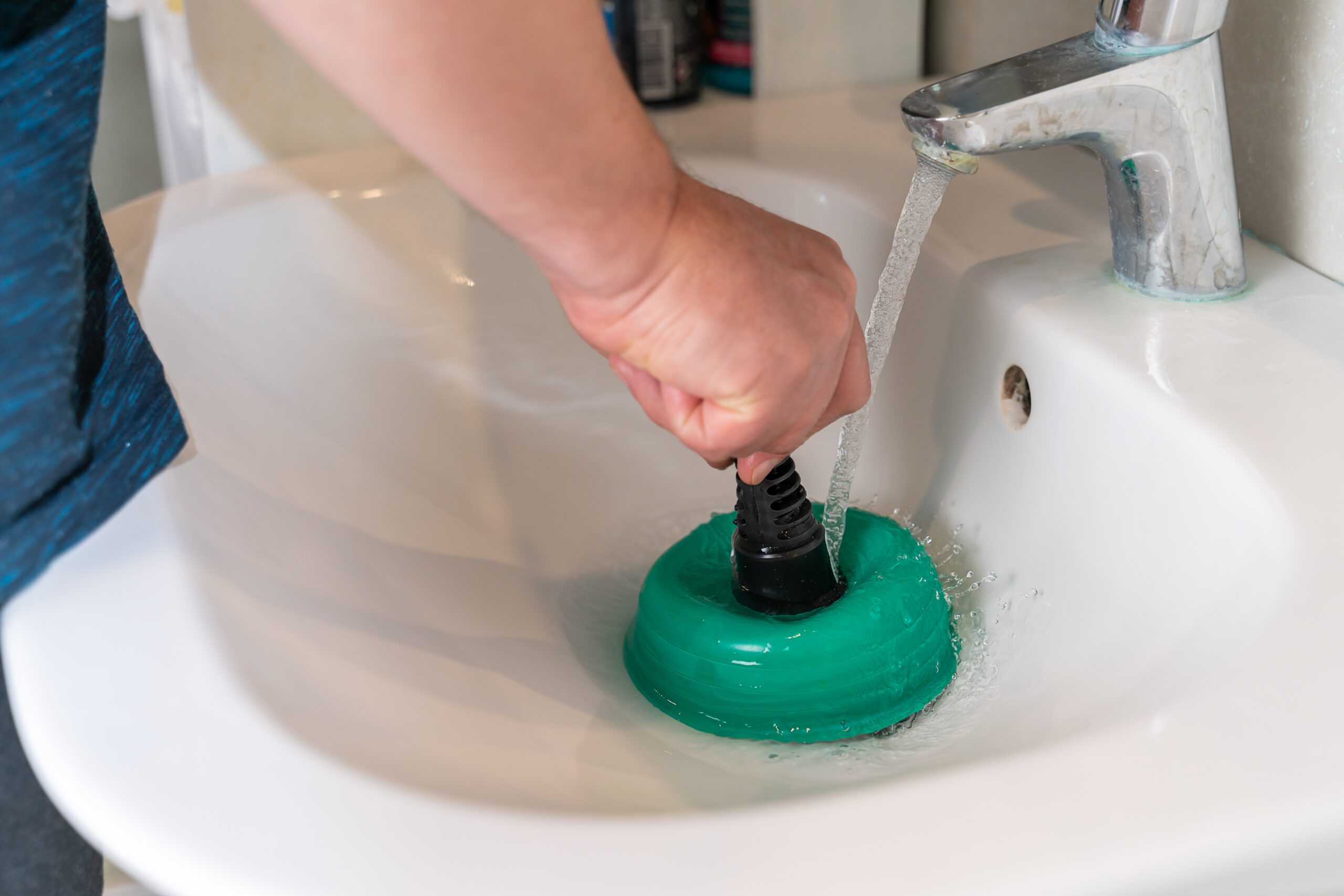They are making several good annotation on the subject of How to handle a clogged drain in your home in general in this content down the page.

Introduction
Managing a blocked drain can be a discouraging experience, interfering with everyday activities and potentially causing damage to your building. Nevertheless, before reaching out to pipes specialists, there are actions you can require to resolve the problem on your own. In this overview, we'll check out do it yourself remedies and safety nets to take on a blocked drainpipe efficiently.
Identifying the Issue
The primary step in resolving an obstructed drainpipe is identifying the indications. Slow-moving water drainage, gurgling sounds, foul odors originating from drains, or water support up prevail indicators of a blocked drainpipe. Identifying these indicators early can help avoid further difficulties.
Choosing the Right Plumbing Service
When choosing a plumbing solution, take into consideration elements such as experience, licensing, and customer evaluations. Pick a reliable plumbing technician with a performance history of high quality handiwork and transparent prices methods.
Price Factors to consider
The cost of professional drain cleaning services can vary relying on the intensity of the obstruction and the plumbing professional's prices. Request quotes from numerous carriers and ask about any added fees to ensure openness and stay clear of surprises.
Safety Precautions
When attempting do it yourself drainpipe cleansing, focus on safety. Wear safety handwear covers and eyewear to prevent contact with hazardous chemicals or microorganisms. Never blend different drainpipe cleansing items, as this can create hazardous fumes.
Instance Studies
Real-life examples highlight the performance of DIY options and the importance of timely professional intervention in settling drain clogs.
Common Reasons For Obstructed Drains
Comprehending the variables that add to drain blockages is crucial for effective resolution. Typical wrongdoers consist of hair, soap residue, grease, food particles, and foreign objects like hygienic products or paper towels. Tree roots attacking underground pipes can likewise cause considerable blockages.
Do it yourself Solutions
For minor obstructions, several do it yourself options can be efficient. Putting boiling thin down the drain can help liquify oil and particles. Sodium bicarbonate and vinegar or a blend of salt and cooking soft drink can serve as all-natural cleaners. Using a bettor or pipes snake to displace obstructions is one more alternative.
Tools and Equipment
Having the right tools handy can make DIY drain cleaning up a lot more efficient. A plunger is a versatile device for removing blockages in sinks, toilets, and showers. A pipes serpent or auger can reach deeper clogs, while drain cleansing chemicals can be used very carefully for persistent blockages.
Safety nets
To avoid future blockages, adopting preventive measures is essential. Install drainpipe guards or filters to capture hair and particles before they enter the pipes. On a regular basis flush drains pipes with hot water to dissolve oil build-up, and prevent disposing of oil or strong waste down the tubes.
When to Call an Expert
While do it yourself solutions can deal with small obstructions, certain signs suggest the demand for professional support. Consistent obstructions, foul odors in spite of cleansing efforts, or several drains pipes supporting simultaneously are warnings that call for skilled intervention.
Final thought
By adhering to the ideas described in this guide, you can properly tackle blocked drains and prevent future pipes problems. Whether choosing do it yourself options or looking for expert aid, timely activity is essential to maintaining a healthy plumbing system and protecting the honesty of your home.
WHAT I LEARNED FROM TRYING TO DEAL WITH A CLOGGED DRAIN
We have had our share of seepages and other annoying things that are part of living, especially in an apartment complex. And if there’s one thing that’s terrifying for a homeowner—or even someone in a rented home—it is a clogged drain, indoors or outdoors.
We enjoy our living space, but it’s simply a fact of life that dead skin, soap and a host of other items go down the drain; eventually, the residue builds up and prevents anything from moving. Ugh.
Not Calling A Professional
Of course, it might seem simple to just whip the pipe off under the sink and see if you can unblock it. Unfortunately, what if the blockage isn’t there, or you don’t reconnect it properly? Worse, you might break a piece and have no drainage system. Can you imagine that scene? Yuck!
Not Watching Your Waste
This will sound d’uh, but the best tip I can give you for drain cleaning is to avoid clogging the drain in the first place! You can do this by monitoring what goes down the drain and catching the items which are most likely to give you a problem. Invariably hair, vegetable peels, and large wads of toilet paper are the most obvious culprits. Add a filter—these are available in hardware stores and can be removed and cleaned easily.
Poking The Drain
The first urge with a clogged drain is to poke at it with a stick or anything that resembles a stick. Sadly, this does not result in magically solving the issue. The mental image is, naturally, one of the stick just pushing through the offending item and all is well again. Reality is quite different and unpleasant and likely to lead to further problems.
The thing is, every drain has a series of bends that are not visible to us. Drains are built this way to prevent gases from entering the house. What happens when you poke a stick into the drain? Of course, it can’t bend around the corner. The more adventurous people will use force and end up wedging the stick or causing it to break off in the pipe—creating an even bigger issue. Worst thing? The stick will shift the block further down the pipe, creating the space for more to collect. Go ahead! Roll your eyes!
Using The Wrong Plunger
You know what they say: the right tool for the right job! Did you know there are different types of plungers besides the basic one we keep at home for an emergency? Yes, there are. For example, the toilet plunger has a bell-shaped bottom while the sink plunger is flat. This is an important difference and using the wrong plunger will be useless. There’s also a knack in using plungers—they must be placed in such a way that they create an airtight seal and then, moved slowly up and down—not as fast as we imagine.
https://vidyasury.com/2018/01/learned-trying-deal-clogged-drain.html

I came across that piece of writing about Tips for Dealing with Clogged Drains and Sewer Lines while scouting around the web. So long as you appreciated our blog post kindly be sure to pass it around. I praise you for your time. Kindly pay a visit to our site back soon.
Call